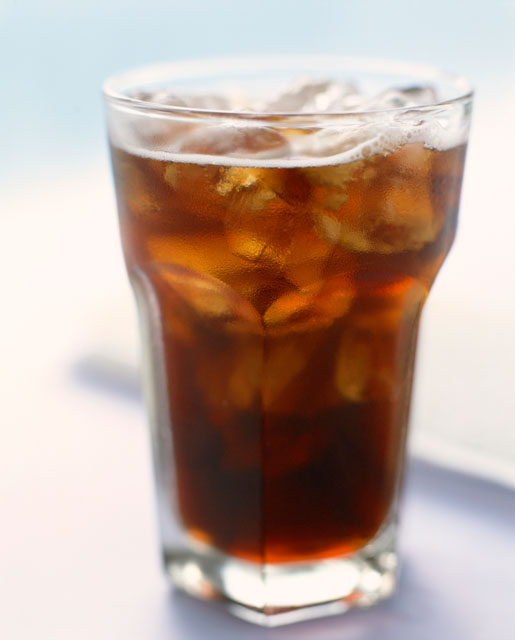
Most grocery stores have aisles packed with sugary treats, juices and other high-sugar drinks. However, with the rising trends in obesity and the long-term health issues related to a high-sugar diet, the amount of sugar your child consumes needs to be watched closely.
What are simple sugars, and what are their roles?
Simple sugars are the basic building of complex carbohydrates like starch. They are called monosaccharides (when one unit is present) or disaccharides (when two sugar moieties are present). Examples of monosaccharides include glucose and fructose, while disaccharides include sucrose (table sugar, which is made up of molecule of glucose and fructose) and lactose (sugar in milk, made up of molecule of glucose and another monosaccharide called galactose).
[READ: How Much Sugar Can You Eat If You Have Diabetes?]
Monosaccharides are easily absorbed through the lining of the small intestine and disaccharides are broken down by the lining into the respective monosaccharides. Of the simple sugars, glucose is the most important, and it’s used by the cells to make energy. Excess glucose is converted to glycogen, a form of starch that’s stored in the body for short-term use, and the rest is converted to fat. The other sugars, like fructose and galactose, can also be broken down to generate energy. Fructose, however, forms more fat compared to glucose when taken in excess.
The two ways sugar gets into your child’s diet include:
— Sugars that are added to juices, drinks and packaged, processed foods.
— Adding extra sugar to foods at home. Nutrition labels now detail added sugars separately. They’re also listed in the ingredients. The forms of sugars added include corn syrup, high fructose corn syrup, corn sweetener, brown sugar, malt sugar and molasses. Also included may be foods ending in “ose,” such as dextrose, honey dextrose and sucrose.
[See: These Healthy Seasonings Are Tasty Substitutes for Sugar and Salt.]
What are the health issues associated with consuming a high-sugar diet?
— Obesity.
— Fatty liver.
— Tooth decay.
Some children on a high fructose diet can have bloating, gas and diarrhea, secondary to malabsorption. This is not uncommon, and those children with irritable bowel syndrome tend to have more symptoms. Also, lactose intolerance can cause similar symptoms, and this may be temporarily secondary to infections or other disorders affecting the lining of the small intestine, or from gradual reduction in the enzyme activity in the lining of the small intestine with age.
What is the current recommendation for sugar intake in children, and how can the intake of simple sugar be limited in your child’s diet?
In the U.S., the average child eats and drinks more sugars than recommended — on average, about 17% of the total caloric need. More than half of the sugar intake is in the form of sugary drinks. The general recommendation by American Academy of Pediatrics is to limit simple sugars to 25 grams for children 2 and over and to avoid simple sugars for children under 2 years of age.
Various strategies can be looked at to reduce sugar intake. It’s best to try and avoid fruit drinks, soda, sports drinks, sweetened coffee or tea and replace them with water or milk. When using milk, it’s best to use low-fat milk after 2 years of age and gradually transition to skim milk, after discussing with your child’s doctor. Milk can provide energy, as well as calcium and vitamin D. However, one may have to be thoughtful regarding the possibility of lactose intolerance and consider lactose-free options in those children.
[See: The 10 Best Diets for Healthy Eating.]
Parents should try to limit 100% fruit juices and encourage children to eat whole fruits instead. Fruit juices have more sugar than fruits. Also, many fruit juices may have more fructose, which can lead to weight gain and gastrointestinal problems. Parents should also be thoughtful about hidden fruits in processed foods, as in salad dressings, dried fruits like cranberries, ketchup and baked beans. It’s also important to limit sweet treats. We encourage parents to enlist the help of a pediatric dietitian or pediatrician.
More from U.S. News
6 Darn Good Reasons to Eat Sugar and Not Apologize for It
These Healthy Seasonings Are Tasty Substitutes for Sugar and Salt
How Does Sugar Affect Kids’ Health? originally appeared on usnews.com






